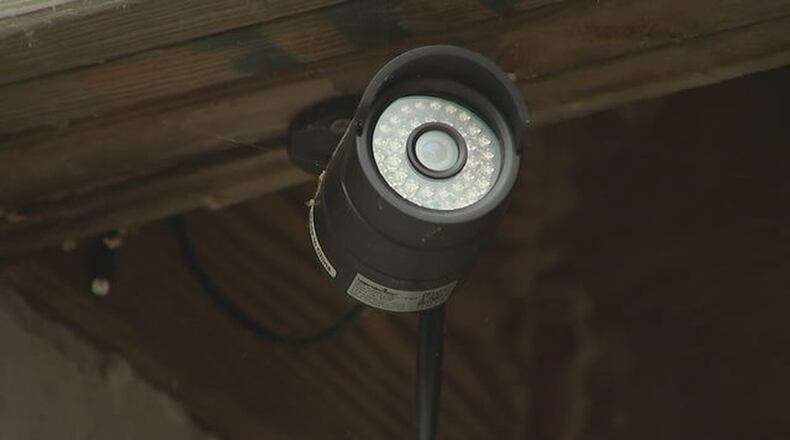Gov. Mike DeWine signed the bill into law, and it takes effect March 23. But families can work to install cameras even before then, a state official said.
Holly Holtzen, the Ohio director of American Association of Retired Persons (AARP), praised the law, saying, “Esther’s Law is one step to empower Ohioans and family caregivers with a commonsense way to protect their loved ones.”
Pete Van Runkle, executive director of the Ohio Health Care Association, which represents nursing homes, said his organization was comfortable with the bill in its final form.
“It’s good for the patient,” said state Sen. Dr. Stephen Huffman, R-Tipp City, chairman of the Senate Health Committee. It also gives comfort to families about the quality of care “when they can’t be there,” he said.
But Erin Pettegrew, deputy state long-term care ombudsman with the Ohio Department of Aging, cautions: “A camera is only a tool for helping to monitor care,” to help ensure residents are treated with kindness and dignity.
“Personal and direct involvement by families with their loved ones is irreplaceable,” Pettegrew said. “They should insist on regular meetings with facility staff about the care that their loved one is getting. That can be done virtually if they’ve got COVID concerns about going to the building, and they should check in frequently to find out what they’re experiencing with their care and services.”
“Many facilities actually do allow cameras to be used now,” Pettegrew said. “So people who are concerned about abuse or neglect of their loved ones can go ahead and investigate installing a camera as is. Esther’s Law just makes it a requirement that residents are able to do that.”
Contacted for comment, two officials at the Laurels of Middletown did not make someone available to comment prior to this publication’s deadline. Patti Nelms, administrator of the 109-bed skilled nursing and rehabilitation center at 751 Kensington St. in Middletown, said she would ask someone to respond. The facility provides care for people needing several types of care, including short-term respite, rehabilitation, outpatient, hospice care and extended stays.
State Rep. Sara Carruthers, R-Hamilton, a member of the House Families, Aging and Human Services Committee that considered it, called a video Steve Piskor captured, showing his mother roughly being tossed into bed and her wheelchair “horrifying,” and testimony the panel heard “gut-wrenching.”
The video, which is difficult to watch, is posted on YouTube and can be viewed at https://tinyurl.com/4bw72num.
Carruthers said she suggested unsuccessfully that nursing homes be required to place signs on their front doors that rooms may be monitored by video, as a further deterrent to abuse.
“We know that elder abuse is out there,” Carruthers said. “Ohio is such an aging state and we have to look out for our aging community.”
People concerned about abuse, neglect or financial exploitation of elderly people can contact the Ohio Department of Aging’s ombudsman at the toll-free number, 1-800-282-1206. The state last year investigated about 230 in long-term facilities across Ohio.
That “doesn’t seem like a lot,” Pettegrew said about the 230, “but those are the ones that rose to the level of abuse.”
About the Author

